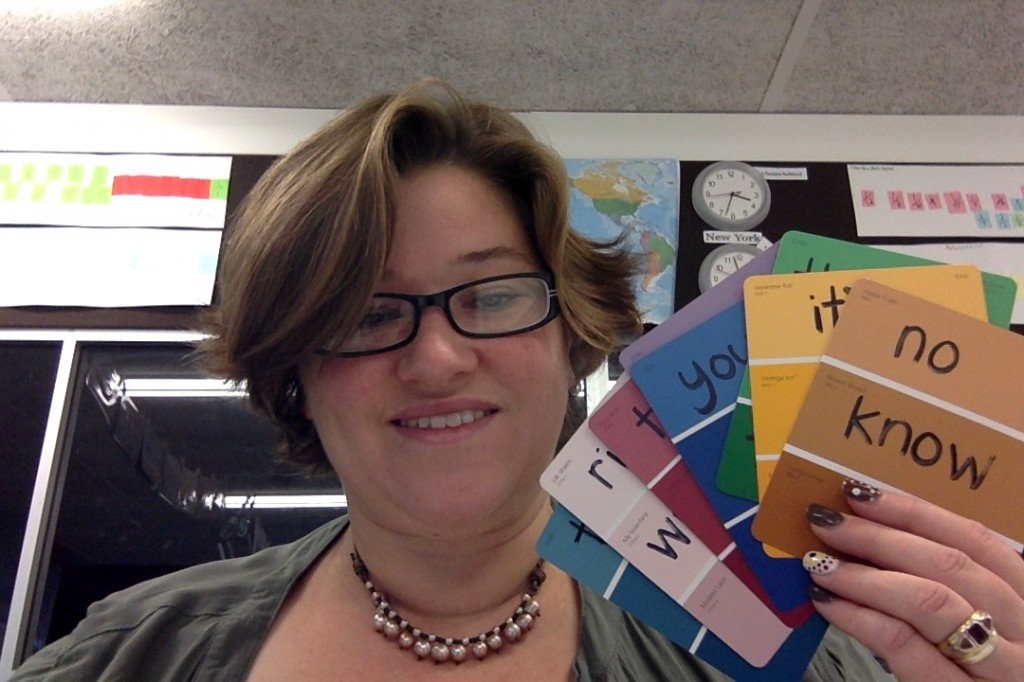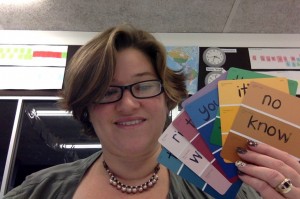Hi VRPs.
Our time together as a class is fast coming to an end. We’ve been through a LOT this year: some of it positive; some of it not; some of it wonderfully fun; and some of it awfully difficult. At the end of it all though, I can honestly say that I wouldn’t swap our year together for ANYTHING.
As I write this I’m not sure what year level I’ll be teaching, or even at which school I’ll be next year BUT I do know a couple of things. And I need your help with a few of them:
1. I want my new students to know about you because you’ll all be part of the one big family. Remember that once you’re one of my kids, y0u’re always one of my kids.
2. I want my new kids to know the highlights of our year together so that they have an idea of the kind of awesomeness I expect from my kids.
3. I want you to share your tips and advice for how to make the most of their time with me.

This will be your project for Wednesday 26th November. Working with a partner you will need to produce a digital response to each of these points. (That means you need to create THREE responses.) They are three VERY different tasks so I encourage you to think creatively. You might like to create a pretend family photo (you could use Pic Collage perhaps?) for task 1… Or perhaps a timeline (maybe a Keynote presentation with a new slide for each month?) for task 2… Or even do an interview (create an iMovie maybe or write a letter on your blog?) for task 3.These are just suggestions though, you are free to use whatever digital tool fits your purpose. And remember: your audience will be other kids. Not me. Not other adults. KIDS. (So think carefully about the language you choose and the text structures you include.)
This project asks you to reflect on our year together, on me, and on the students in our class. You will need to think back and try to remember what we did in the first half of the year. You will need to analyse the behaviours and attitudes that have helped you succeed (or not) this year. It’s a big project but I know you can do it.
And here’s the exciting part of the project… For me at least… The day after the project finishes we will view all responses and vote on the best one for each point. I will show these to my next class.
So. Help me? Please. Put in your personal best. Show me – and my next class – how creative, reflective and helpful you are.
Love,
Mrs RP.


